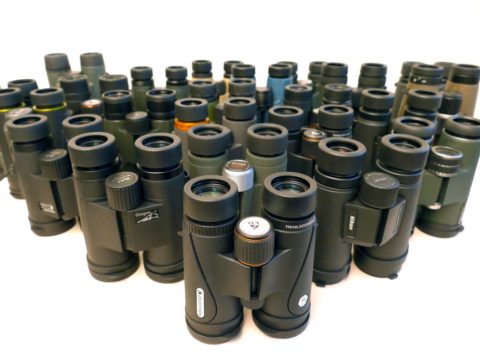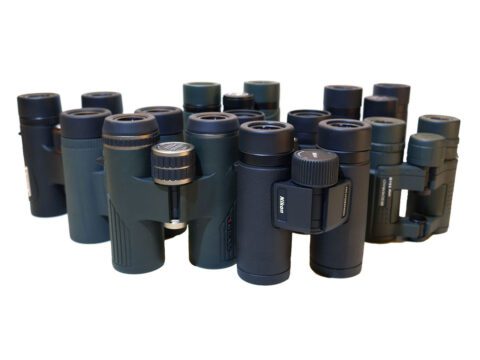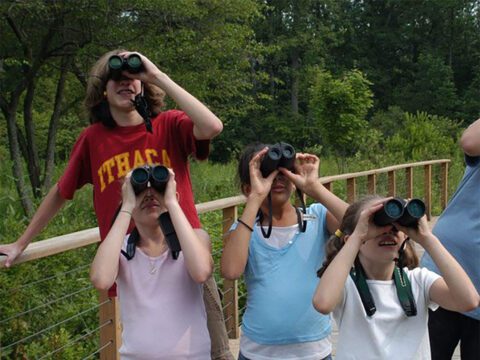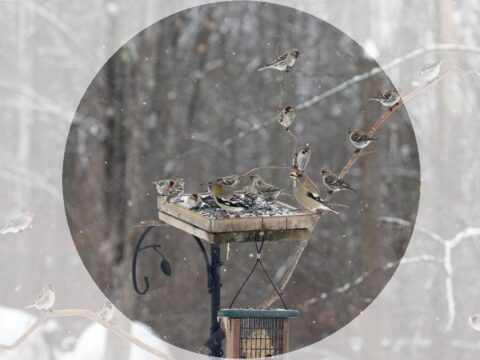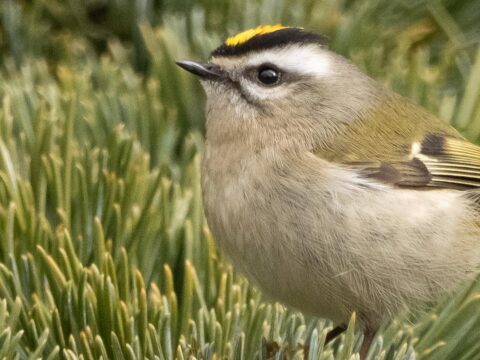Why Do Birdwatchers Need Close Focus in Binoculars?
Binoculars aren't just for looking at faraway subjects. With good close focus, your optics can deliver truly breathtaking views.
February 2, 2023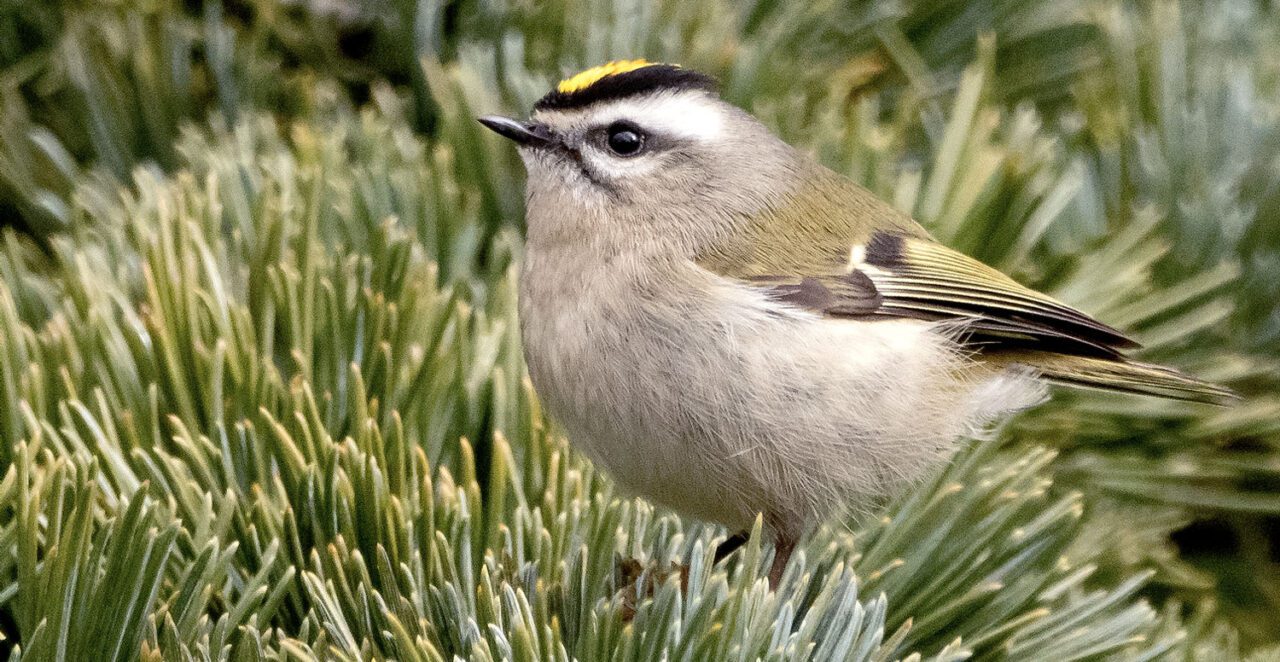
If you’re choosing a new pair of binoculars, you’ll likely be comparing details like magnification, light-gathering power (i.e., the first and second numbers in specs like “8×42” and “10×32”), and Field of View. Another factor to keep in mind is Close Focus. When birds get to within 15 feet of you, close focus means the difference between an unforgettable, full-frame view vs. a disappointing blur. (Here’s more on how to choose binoculars.)
More on Binoculars
What Is Close Focus?
Close Focus tells you how close you can be to your subject and still see it as a sharp image. For many binocular users (such as sports or theater enthusiasts, hunters, and stargazers), up-close viewing may not be high on the list of essential features. After all, weren’t binoculars invented for looking at faraway objects? But birder routinely find themselves focusing on nearby targets, to appreciate tiny details in all their gorgeous color and sharpness.
Close focus gives you great looks at birds (as well as insects, lizards, plants, etc.) that are otherwise just a bit too far away to appreciate. It’s also indispensable when you’re following a nearby but hidden bird, waiting for it to pop into view for a magical second or two. If your binoculars don’t focus closely enough, you may have to stop what you’re doing and take a few steps backward before you can see clearly.
Compare Close Focus Among Binoculars
Close focus is not always related to price of binoculars, and it’s worth paying attention to. In this graph, the color of each dot indicates the overall performance of each binocular in our hands-on review. Hover or tap each dot to see more details.
Many binoculars made for birding now have close focus down to 10 feet or less—plenty for most uses. Some models get down to about 5 feet—meaning you could just about focus on your shoelaces if you need to. These super-close models are great for looking at even smaller subjects, such as butterflies, damselflies, and other insects.

All About Birds
is a free resource
Available for everyone,
funded by donors like you
American Kestrel by Blair Dudeck / Macaulay Library
